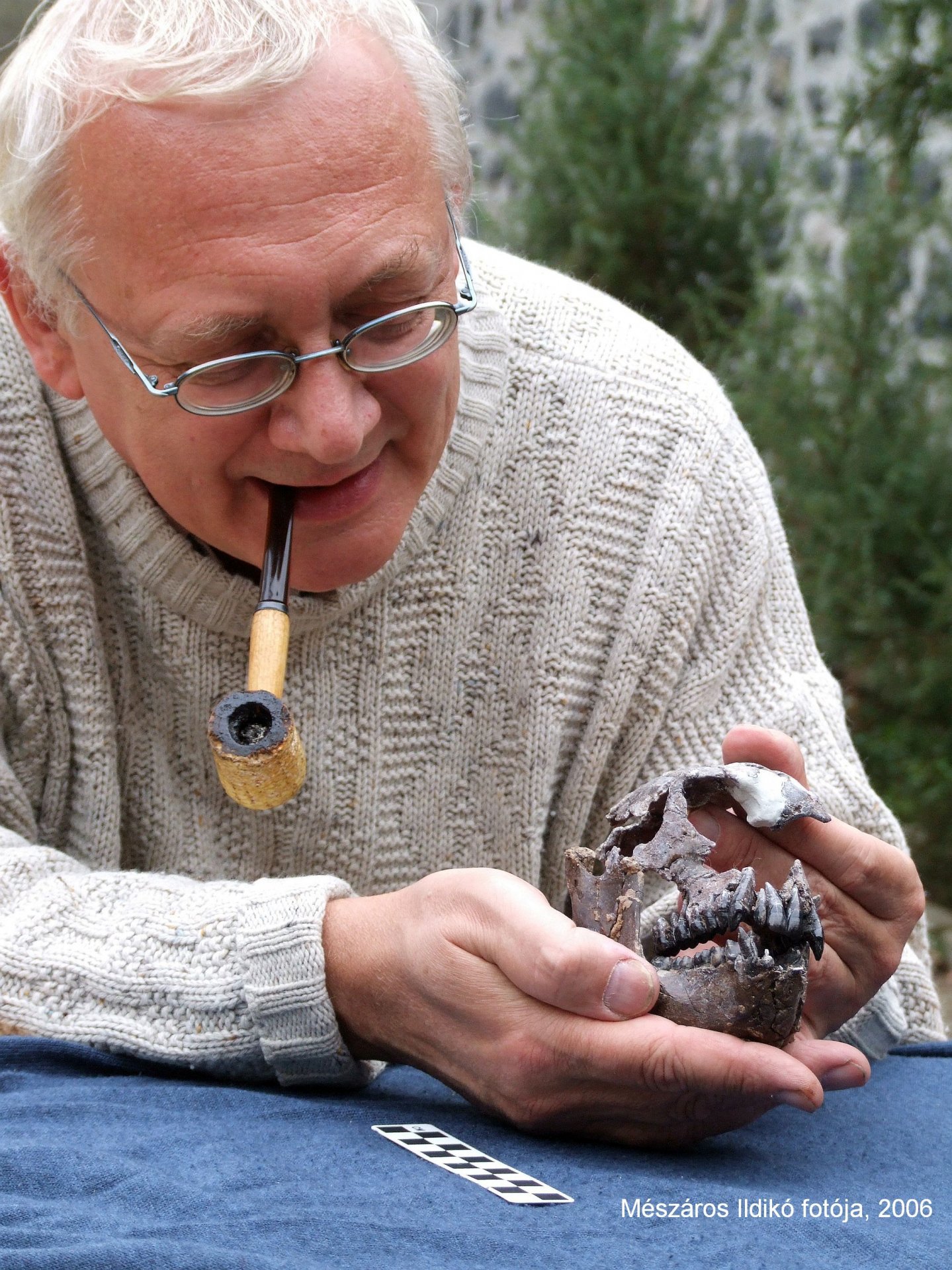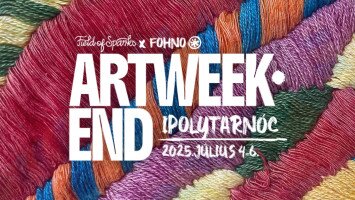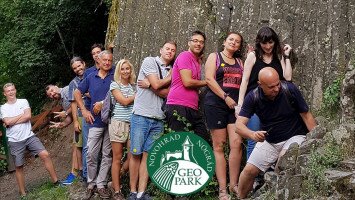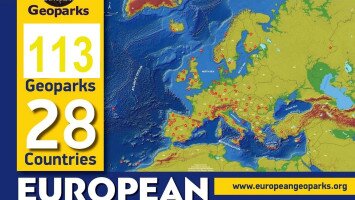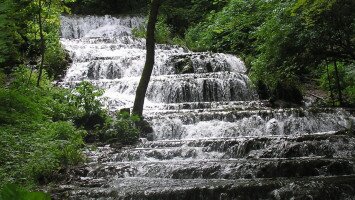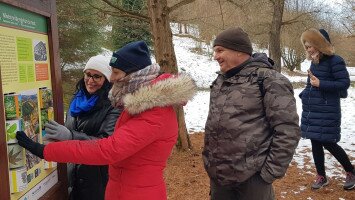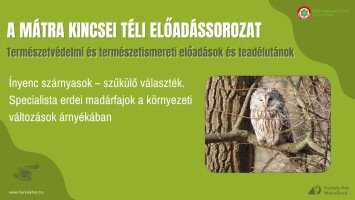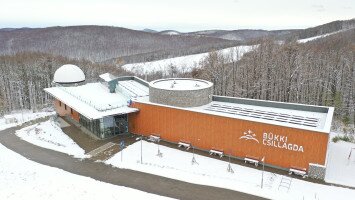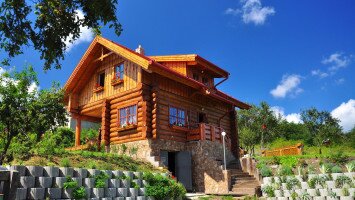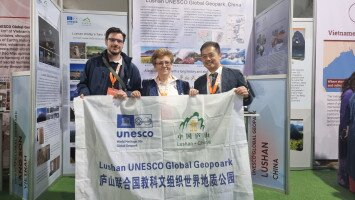
Ancient monkey at the Ipolytarnoc Fossils
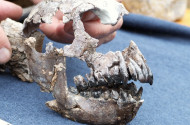
The Rudapithecus will come to Ipolytarnóc again after its 2014 photo exhibition. Starting at 11 a.m. on March 12, 2022, dr. Laszlo Kordos will present his new book about the fossil ape at a press conference and audience meeting in the Miocene Park. The joint event of the Bükk National Park Directorate and the Novohrad-Nógrád UNESCO Global Geopark pays tribute to the work of the famous paleontologist.
Dr. Laszlo Kordos will speak about his book "The Research of Rudapithecus" published by Archaeolingua Publishing at the end of last year in the Ancient Pine visitor center. The scientist who is still researching the fossil tracks of the Ipolytarnóc Fossils will dedicate his book on the spot after his presentation.
The Rudapithecus hungaricus was an ape that used to live 10 million years ago and is now extinct, the remains of which were excavated from the iron ore open cast mine in Rudabánya. The scientist, who has put the history of regular excavations for almost fifty years into words, is a prominent figure in the dissemination of knowledge in earth sciences. From 1971 he was present at all the excavations in Rudabánya, and later he worked as the director of the research, so he has a vast knowledge and documentary material about the site and the remains unearthed there, which he has just now published.
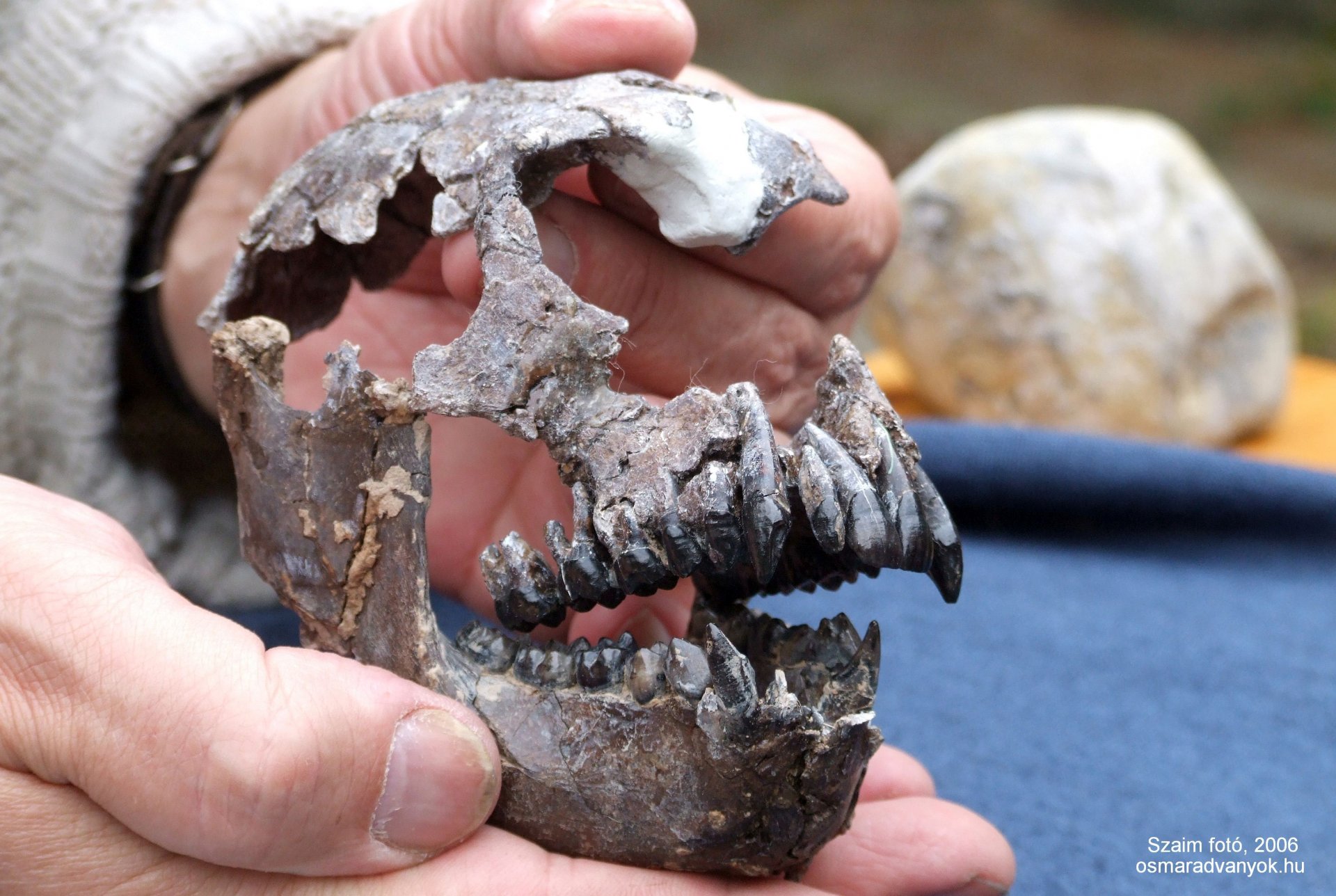 In addition to the fossil ape, the history and human aspects of research in Rudabánya are also discussed in a readable, comprehensible form, so the reader does not have to delve into a library-rich amount of scientific and professional literature that can be opaque to outsiders. The book is rich in illustrative material from archival recordings, as well as by the photos of Ildikó Mészáros.
In addition to the fossil ape, the history and human aspects of research in Rudabánya are also discussed in a readable, comprehensible form, so the reader does not have to delve into a library-rich amount of scientific and professional literature that can be opaque to outsiders. The book is rich in illustrative material from archival recordings, as well as by the photos of Ildikó Mészáros.
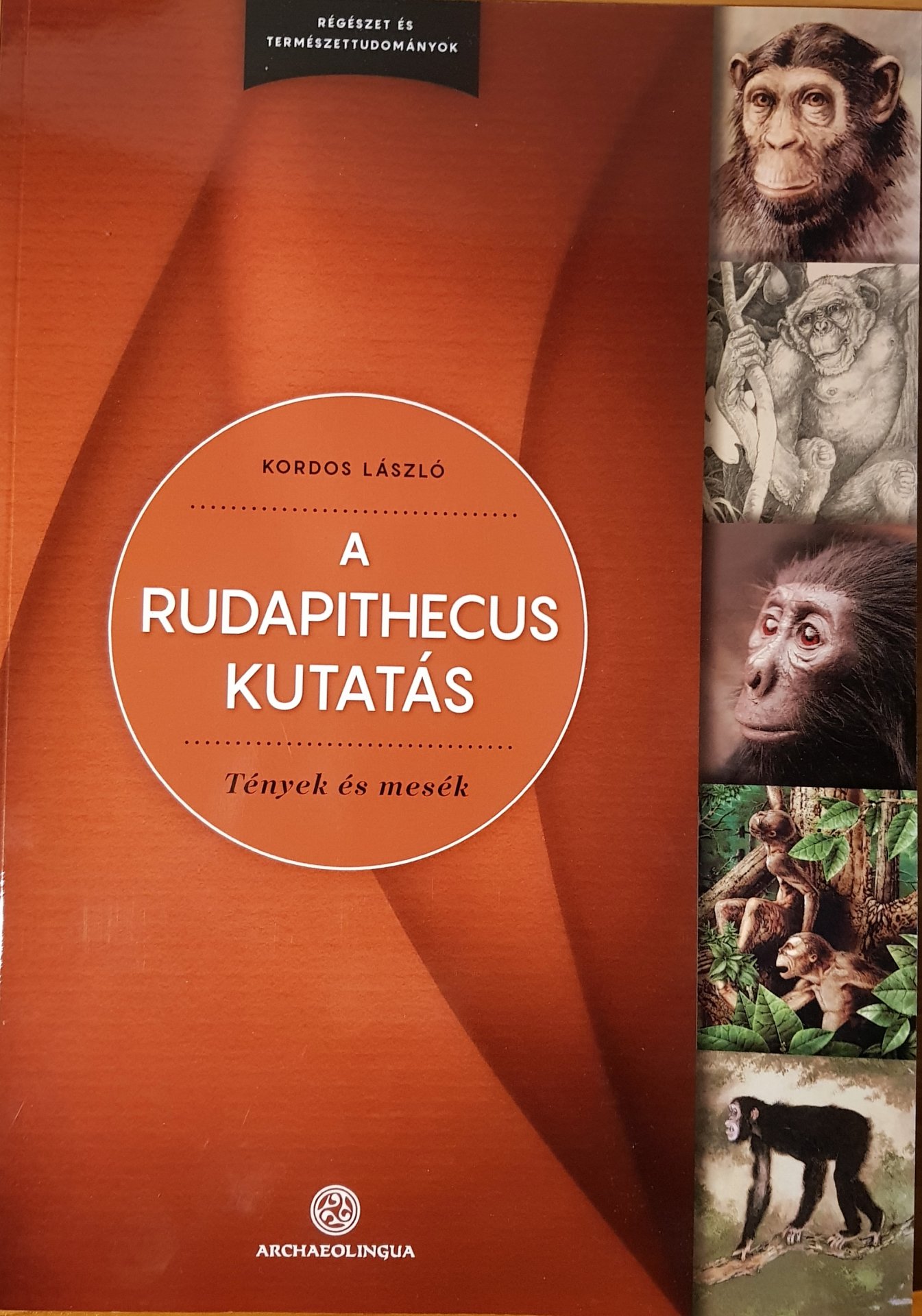
RELATED

